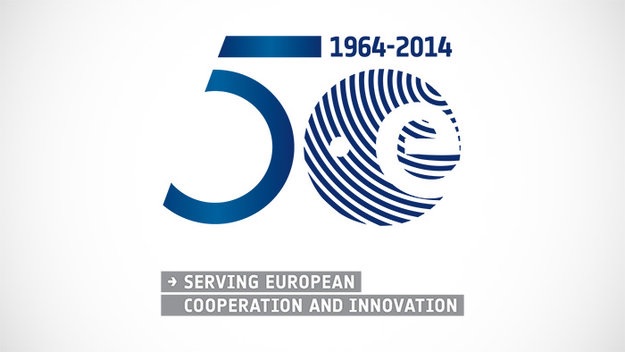From European Space Agency – United space in Europe
03.18.20

ESA Main Control Room-under normal conditions.
Responsible for spacecraft orbiting Earth, the Sun and exploring the Solar System, teams at ESA’s ESOC mission control deal with in-flight challenges every day, from faulty hardware, problematic software and hazardous space debris to computer viruses that could affect ground stations.
So how do they keep missions flying when a viral pandemic puts the people of the Agency at risk?
The first priority is the health and well-being of the workforce across the Agency, while those working at ESA’s mission control centre, in Darmstadt, Germany, have the unique challenge of maintaining missions in orbit and ensuring critical ground infrastructure functions as it should, including seven ground stations located on three continents.
Plans on the ground
ESA is currently flying 21 spacecraft from ESOC, ranging from Earth observation to astronomy and planetary exploration missions, as well as five Sentinel satellites belonging to the European Union’s Copernicus programme.
These missions do not fly by themselves. Engineers must take regular measures to, for example, protect spacecraft from gradually drifting off their intended orbits or colliding with debris, ensure solar panels are getting enough light from the Sun, operate the scientific instruments, receive bundles of crucial data and keep both onboard and ground systems working and up to date.
To deal with the Covid-19 outbreak, ESA is implementing numerous preventative measures taking account of guidance provided by national and regional civil authorities, especially with respect to minimising personal contact.
For the mission operations teams or the experts in technical ground segment areas like flight dynamics and ground stations, work is typically done together in small-ish control rooms, and so a range of plans are in place to respond to the developing severity of the Covid-19 outbreak.
Responses differ primarily in the amount and type of personnel required on site in the control rooms and technical facilities.
Taking mission control home
For now, the aim at mission control remains maintaining the generation of mission data, and keeping the entire fleet of spacecraft, young and old, operating in a routine way.
At the same time the preparation and execution of ad-hoc critical activities, like collision avoidance manoeuvres or the upcoming Earth flyby of BepiColombo, have to be ensured.
As of Monday, 16 March, the majority of the workforce at ESOC began working from home. Similar to staffing levels on a typical weekend, mission teams are now keeping a minimum presence on site, while everyone who can is performing the maximum possible daily activities off site.
“In the history of ESA’s mission control centre, there has never been a period with so few people on site,” says Rolf Densing, Director of Operations for ESA.
“This of course has big implications for how missions are flown, and for the next few weeks, the priority will remain on protecting health by minimising the number of people physically present, while ensuring effective daily operations”.
In the future, if necessary, ESA could reduce on-site personnel even more, necessitating a reduction or even a halt to science data gathering so as to focus on simply maintaining spacecraft in safe, stable orbits.
“Such a scenario could be maintained for quite some time, extending into many weeks or months, if necessary,” says Paolo Ferri, Head of Mission Operations.
Follow more updates in the coming days on how teams at mission control are handling the Covid-19 situation via ESA’s Rocket Science blog.
See the full article here .

five-ways-keep-your-child-safe-school-shootings
Please help promote STEM in your local schools.
The European Space Agency (ESA), established in 1975, is an intergovernmental organization dedicated to the exploration of space, currently with 19 member states. Headquartered in Paris, ESA has a staff of more than 2,000. ESA’s space flight program includes human spaceflight, mainly through the participation in the International Space Station program, the launch and operations of unmanned exploration missions to other planets and the Moon, Earth observation, science, telecommunication as well as maintaining a major spaceport, the Guiana Space Centre at Kourou, French Guiana, and designing launch vehicles. ESA science missions are based at ESTEC in Noordwijk, Netherlands, Earth Observation missions at ESRIN in Frascati, Italy, ESA Mission Control (ESOC) is in Darmstadt, Germany, the European Astronaut Centre (EAC) that trains astronauts for future missions is situated in Cologne, Germany, and the European Space Astronomy Centre is located in Villanueva de la Cañada, Spain.


